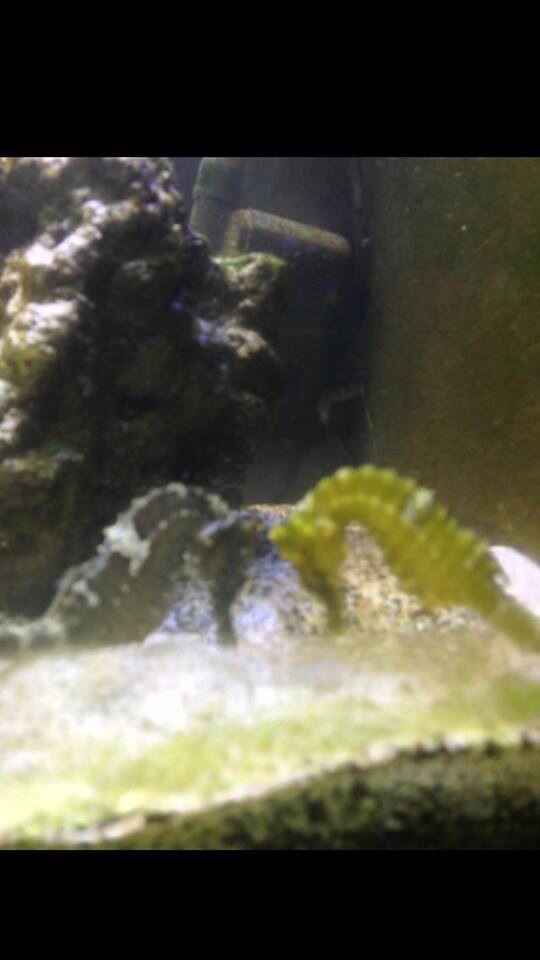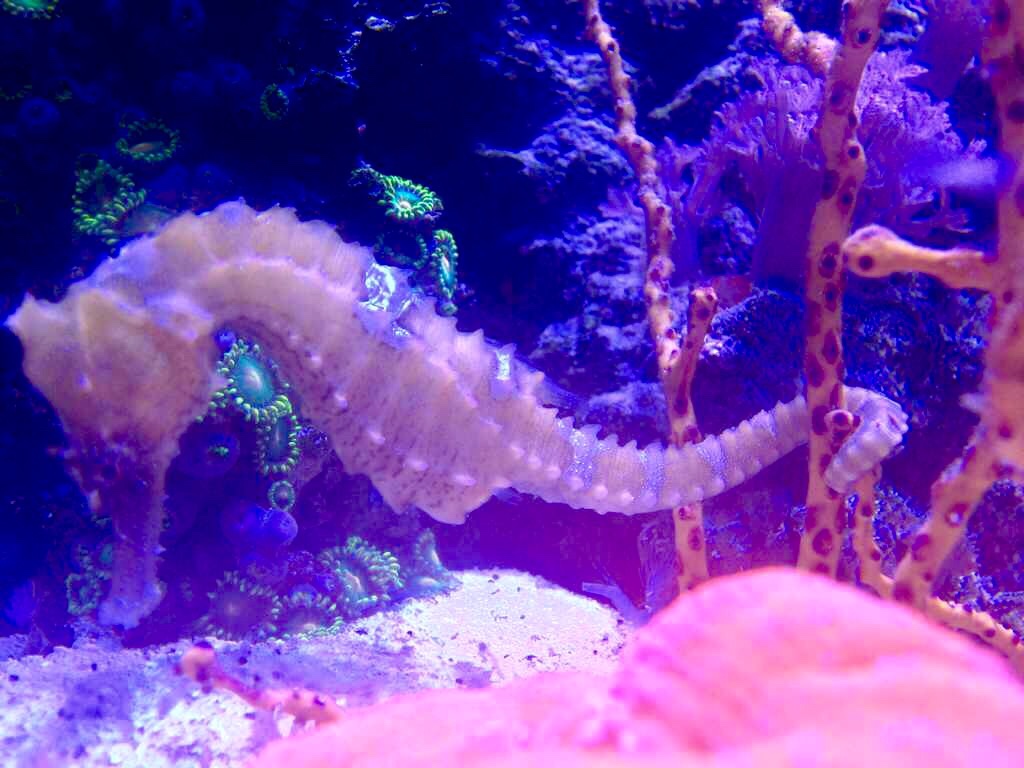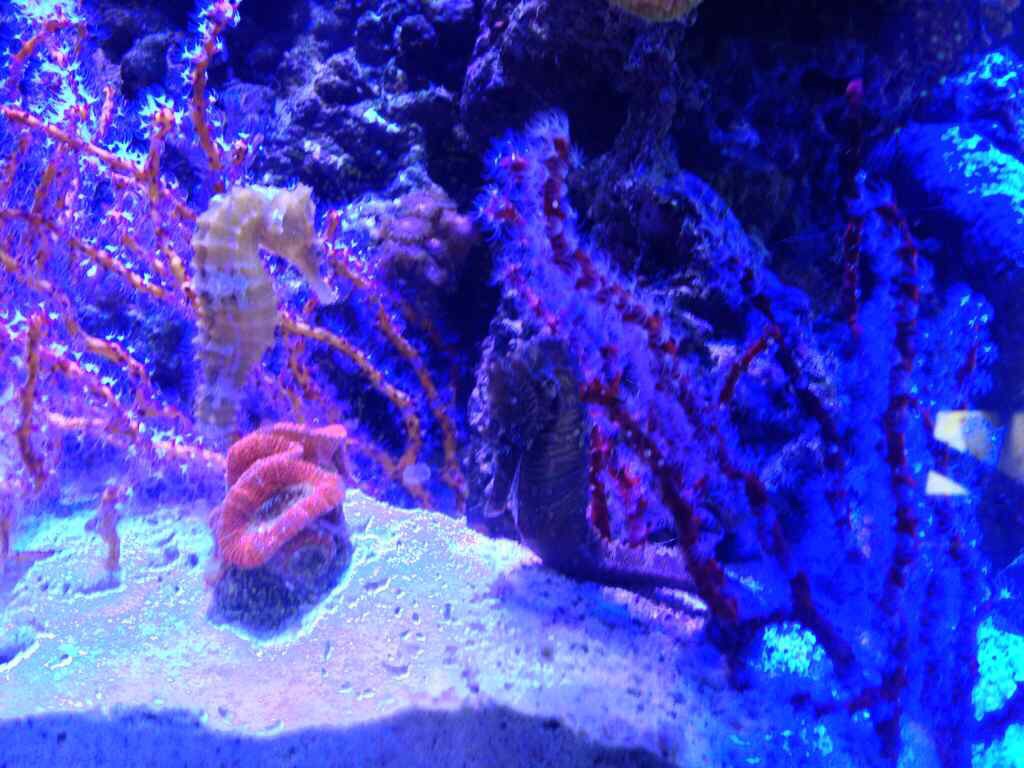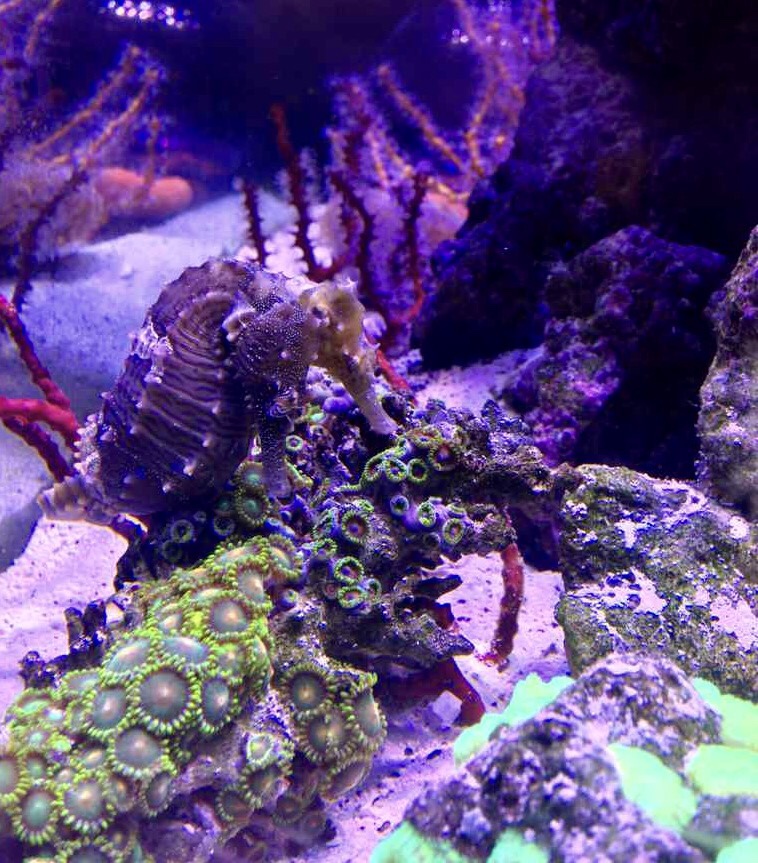Daniel@R2R
Living the Reef Life
View Badges
Staff member
Super Moderator
Reef Squad
Partner Member 2024
Excellence Award
Photo of the Month
Article Contributor
Hospitality Award
Article Administrator
Reef Pumpkin Carver
R2R Secret Santa 2023
My Tank Thread
Dawn's next article has been added! Follow this link: Keeping Seahorses in Aquaria #3 - Stocking Your Seahorse Tank: What to Add Before the Ponies



















